The Prince of the Thirteen Peaks
Each dawn, the faithful and tourists alike assemble at Feilai Temple to watch the sunrise illuminate the sacred Meili Snow Mountains. When the first sunrays light the crests, pilgrims and hikers gasp in unison, inhaling the cool, thin air and breathtaking views.
The 13 snow-capped summits are some of the most spectacular in China and revered in Tibetan Buddhism. Tallest among them is the ‘Prince of the Thirteen Peaks,’ Kawagebo, “the most glorious peak my eyes were ever privileged to see,” according to early American explorer Joseph Rock. At 6,740 meters, the lofty apex of the Meili Snow Mountains is one of the few mountains in the world that has never been climbed.
The pyramidal pinnacle is an angular ‘horn’ chiseled out by glaciation, reminiscent of the smaller Matterhorn in the Swiss Alps. The panoramic views are so awe inspiring that the devout prostrate themselves to crawl the 150 kilometers to circumambulate the mountain range.
The influx of tourism to the area is making a once isolated pilgrimage, only for the pious, accessible to more than just adventurous trekkers. The 3,360-meter-high viewing platform from Feilai Temple looks over a steep precipice, down into the headwaters of the Mekong River, then rises to green, Ice Age, glacier-carved valleys. Here, Yubeng village (雨崩村) is nestled at the foothills of jagged, eternally snowy massifs.
Upper and Lower Yubeng Village
In James Hilton’s 1933 novel Lost Horizon, the fictional land of Shangri-La is described as a green mountain valley, cut off from the rest of the world. Inside this fabled paradise is, so the narrative goes, a lamasery where people live in a tranquil state of happiness.
The tantalizingly obscure location of the fabled paradise has since been claimed by many for its tourism value, and in 2001, the town formerly known as Zhongdian was renamed Shangri-La, reputing to have inspired Hilton’s tale.
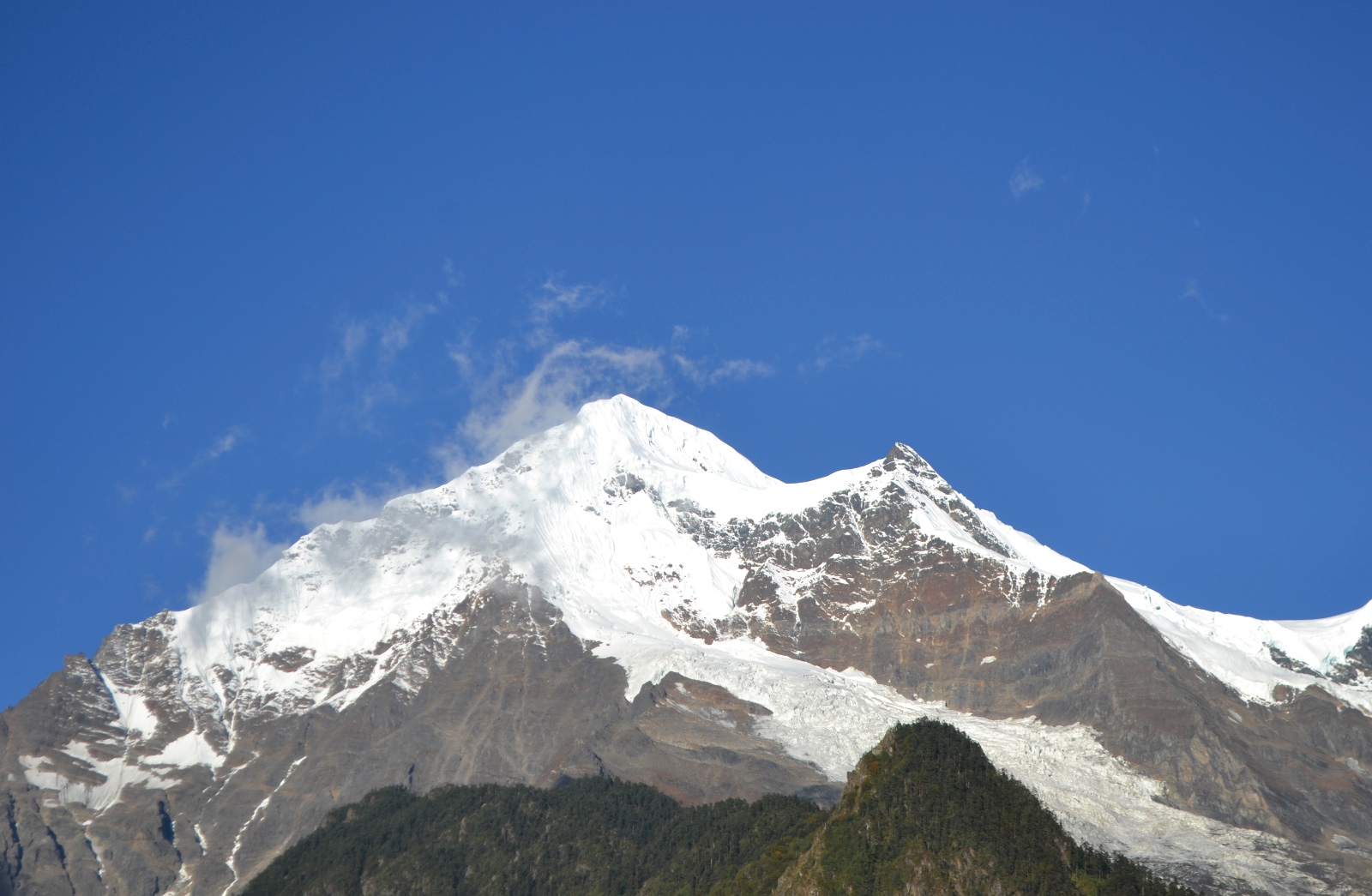
A short bus ride from this new Shangri-La is the ‘Little Potala Palace,’ which has the attributes of the Tibetan monastery detailed in the classic novel. Hilton partly drew from Joseph Rock’s accounts of the Meili Snow Mountains for his vision of a lost world with breathtaking natural scenery.
Arguably more inspiring than these would-be relics of Shangri-La, however, is a visit to Yubeng. There is no vehicular access to the village, other than the occasional local’s motorbike, and most go on foot or by mule, adding to the rustic charm. It could be a hiker’s utopian paradise, though more likely than reaching nirvana is a mild case of altitude sickness during the journey over the Nanzheng Pass.
Across the Mekong from Feilai Temple, the excursion to Yubeng starts at Xidang Village – and can be grueling. The altitude rises sharply from Xidang Hot Springs (2,680 meters) to the pass (3,680 meters), and the 12-kilometer walk will test even the fittest city slicker’s lung capacity. Dishearteningly, acclimatized Tibetan seniors seem to bound up the steep col in the UNESCO-listed Meili Snow Mountains reserve.
It takes over five hours to reach the top of the pass on the well-blazed trail, even with your packs transported by mule in advance, but the exuberating view of Yubeng encompassed by the Meili Snow Mountains is a relief from China’s sprawling mega cities.
The twin Tibetan hamlets of Upper and Lower Yubeng straddle either side of a ranging meltwater mountain stream. Fresh, ice-cold waters and caravans of mules ferrying supplies to Yubeng make the village resemble a Tibetan version of Tolkien’s Shire.
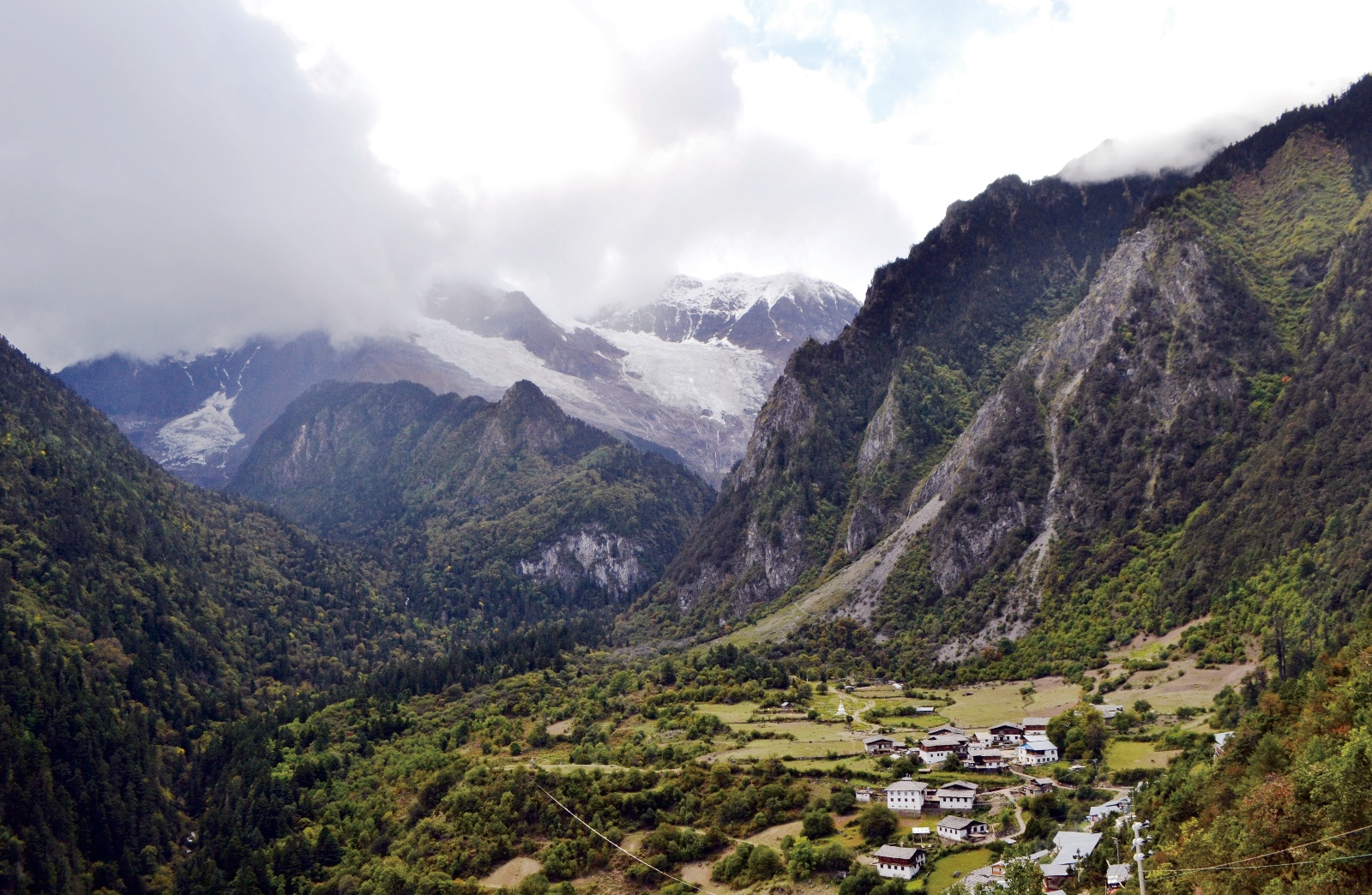
All food and accommodation in Yubeng are seasonally priced, and high transportation costs should be expected to and in the park. Plus, additional insurance and management surcharges on top of ticket prices can add up (also, there’s limited amounts of hot water and intermittent electricity supply). After the arduous climb over the Nanzheng Pass, the best homestead accommodation for international travelers is the Yak Butter Inn in Upper Yubeng.
The physical barriers posed by the raging waters of Yunnan’s rivers and impregnable mountain ranges have given rise to distinctive ecology in each of the valleys. The reserve protects the unique flora and fauna inhabiting seven distinct climate zones as they scale the sheer precipices of the earthly Shangri-La. As part of the Three Parallel Rivers of Yunnan Area, it is a hotspot for biodiversity. It’s hot and dry along the gorge, with coniferous forests along the pass; around Yubeng is highland prairies, humid evergreen broad-leaf forests, tundra and alpine regions.
Binghu: Glacier Lake
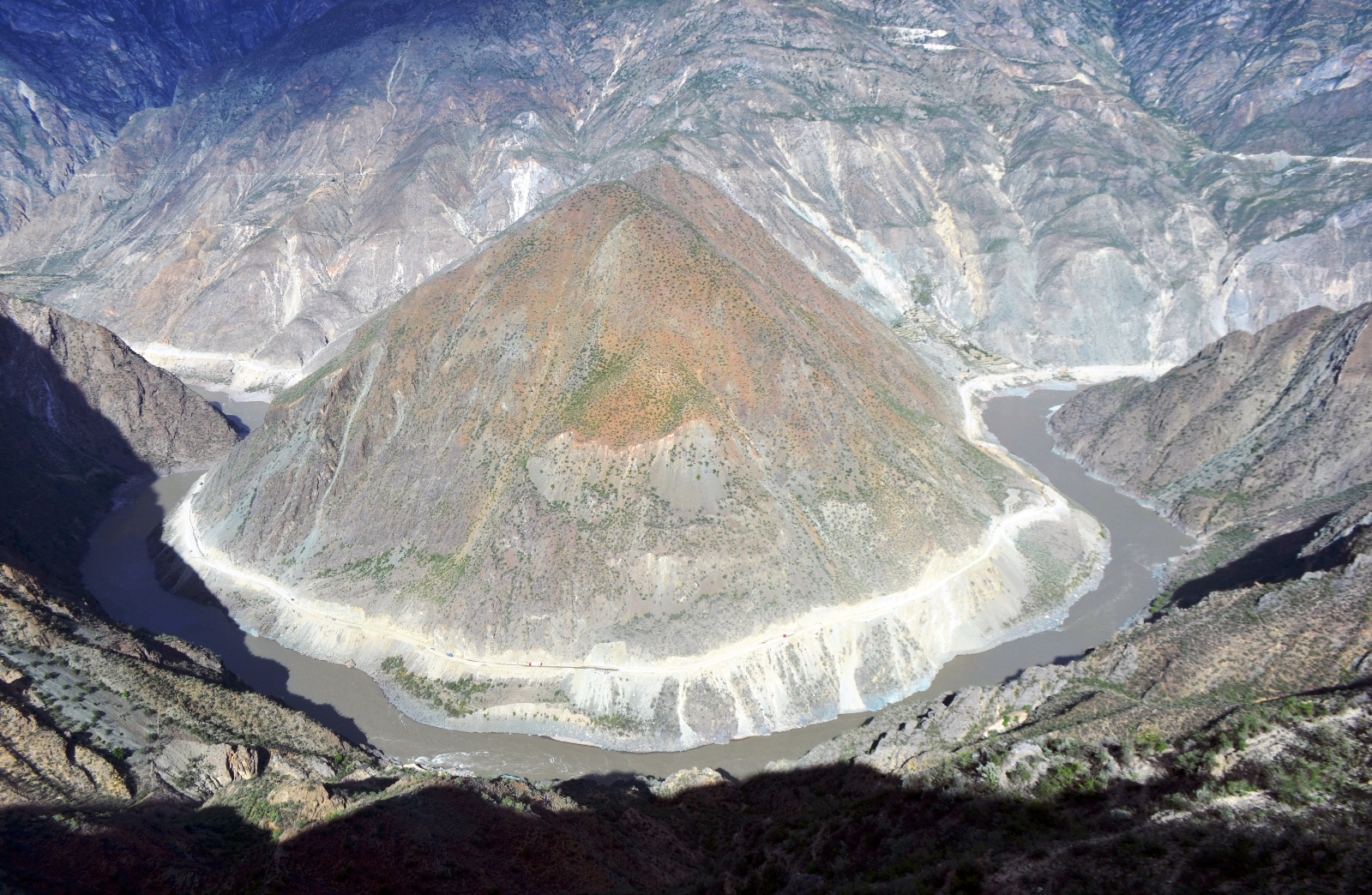
The hike out of Upper Yubeng’s agricultural land is short, passing into pristine, dewy montane woodland. En route, the stones from the freezing streams are piled up by pilgrims into stupas, making the path feel like an enchanted forest.
The trail climbs the lip of a ‘hanging’ glacial valley before the tree line thins to an alpine pasture towards Glacier Lake, which sits at 3,920 meters. It’s a much more pleasant hike than over the pass, with a mountaintop teahouse with yak steak and milk as a welcome respite. The grassland abruptly ends with rocky escarpment and a harder climb up over a bluff.
This ascent reveals a moonscape pool of water, in a glacial-carved cirque, fed by meltwater from creaking ice masses, which perilously hang above. One of the exquisite delights of reaching the scoured boulders of Glacier Lake is the small flowers sprouting from between the stones.
Shenpu: Sacred Waterfalls
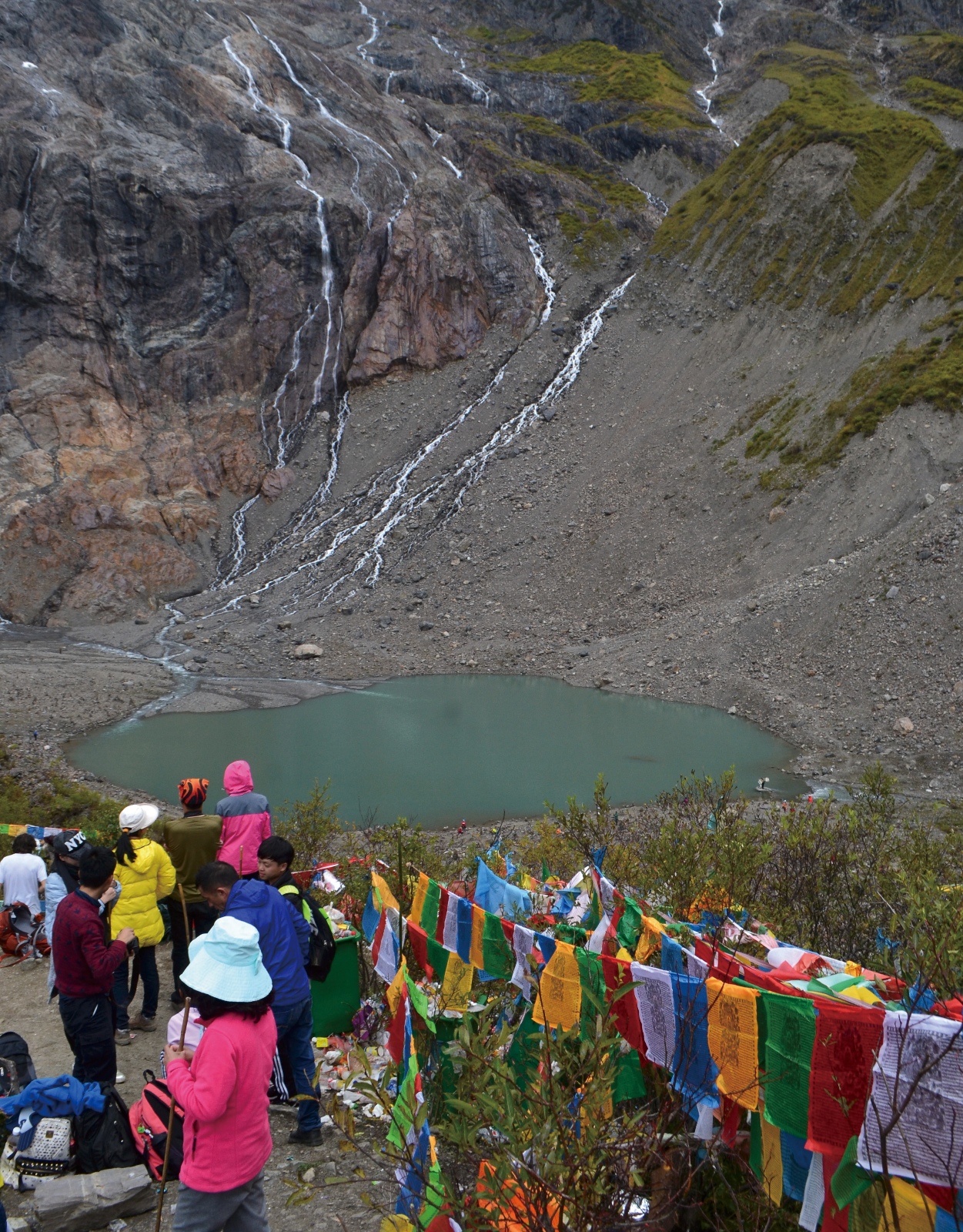 The trail from Lower Yubeng leads to the pilgrim path to Shenpu (3,650 meters). There are flocks of smiling faithful that vigorously climb a stiffer route, in order to bathe in the Sacred Waterfalls (as they are known in English), an amazing cultural site of Tibetan Buddhist ritual.
The trail from Lower Yubeng leads to the pilgrim path to Shenpu (3,650 meters). There are flocks of smiling faithful that vigorously climb a stiffer route, in order to bathe in the Sacred Waterfalls (as they are known in English), an amazing cultural site of Tibetan Buddhist ritual.
Instead of walking up the valley from Lower Yubeng, there is a seldom-visited, steady 20-kilometer climb (for the strongest hikers or the most prepared) to the even loftier Sacred Lake (4,350 meters). At a considerably higher altitude, the less forgiving terrain requires an overnight camp on the alpine meadow to reach this holy grail.
Mingyong: A Sacred Glacier
For a day trip from Feilai Temple, stroll through another valley that leads to Mingyong Glacier. Access to the nearby village of the same name is by a bumpy road, and hiking is now easier with a golf cart ride halfway along.
Zigzagging down the steep side of Prince Peak, Mingyong is the glacier with the lowest elevation and altitude in China, though ravaged by climate change. According to a Nature.org article, in the late 1800s its tongue was near Mingyong village. However, it has since receded about 2.7 kilometers up the mountain.
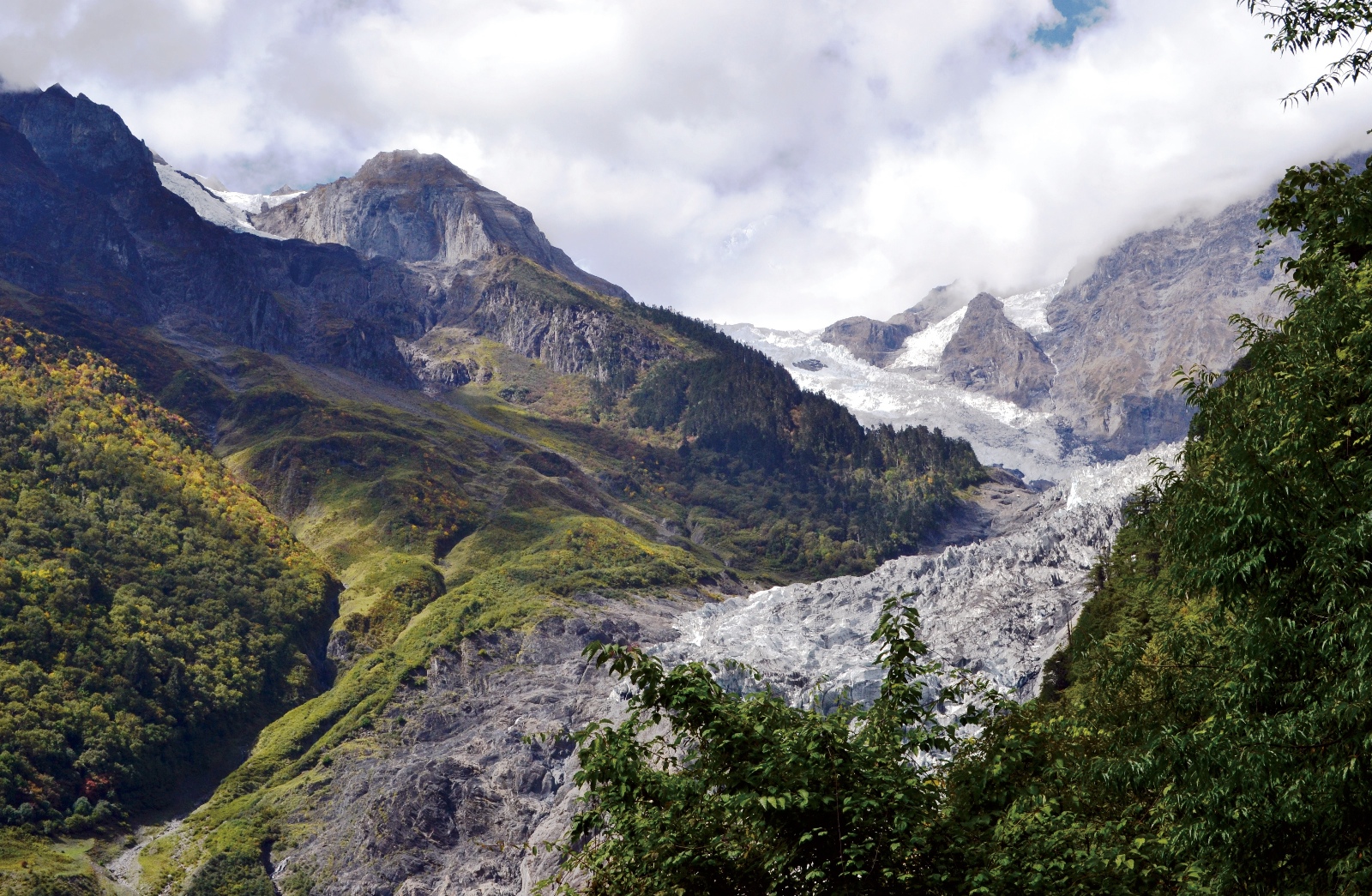
The revered ice mass is about 4 kilometers long and varies between 30 to 80 meters in width, descending to an elevation of 2,650 meters. A warning to would-be adventurers, there is also a plaque dedicated to the 17 Chinese and Japanese climbers who lost their lives in an avalanche, in an ill-fated attempt to scale the mountain in 1991. Fatalities such as these have ensured that, while parts of the Meili Snow Mountains are now more accessible than ever, some will remain forever out of reach and unprofaned.
A Note on Geography
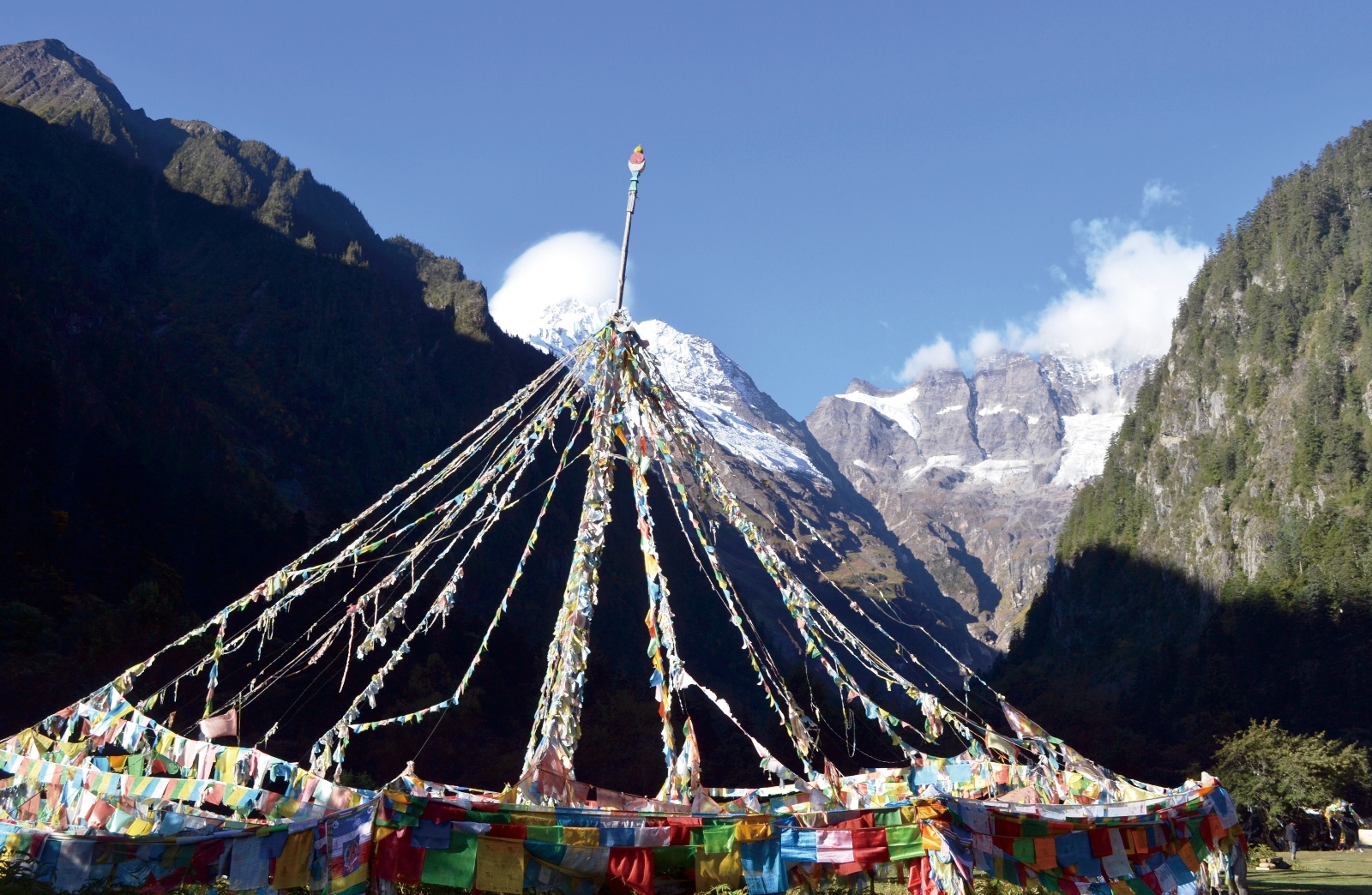
• Yubeng is in Diqing Tibetan Autonomous Prefecture in northwest Yunnan, about a five-hour bus ride north of Shangri-La. As such, overnight stay is generally required at either Feilai Temple or Deqin County. The upgraded Yunnan-Tibet Highway has made the final leg of the journey smoother, though the hairpin turns are no less scary.
• The Meili Snow Mountains are a geological buckle in the earth’s surface, a fold formed when the seabed rose as the sub-continent tectonic plate collided with the Asiatic plate.

• Part of the Three Parallel Rivers of Yunnan Protected Areas, the Meili Snow Mountains are located along the Old Tea and Horse Trail to Tibet. The Mekong (Lancang), Yangtze (Jinsha) and Salween (Nujiang) cascade down from the Tibetan plateau through northern Yunnan.
• A popular tourist trek is to follow part of the Old Tea and Horse Trail from Dali via Lijiang to Shangri-La, or to go from northwestern Sichuan to Shangri-La. However, it is well worthwhile adding the Meili Snow Mountains to the itinerary, especially considering the old town in Shangri-La tragically burnt down in 2014.






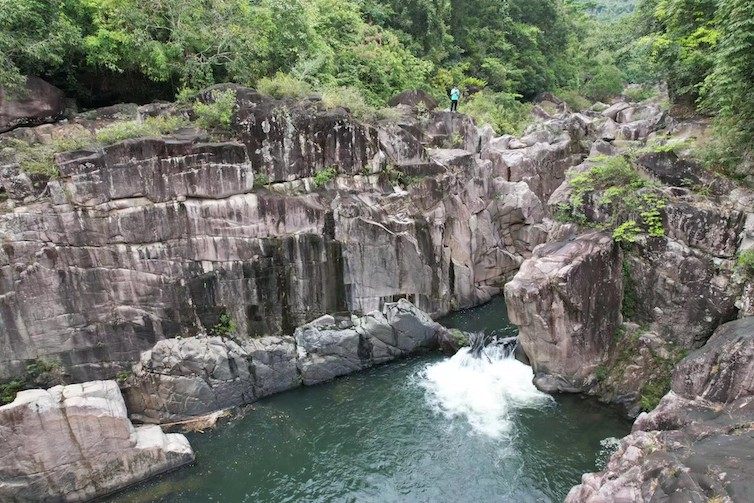














0 User Comments